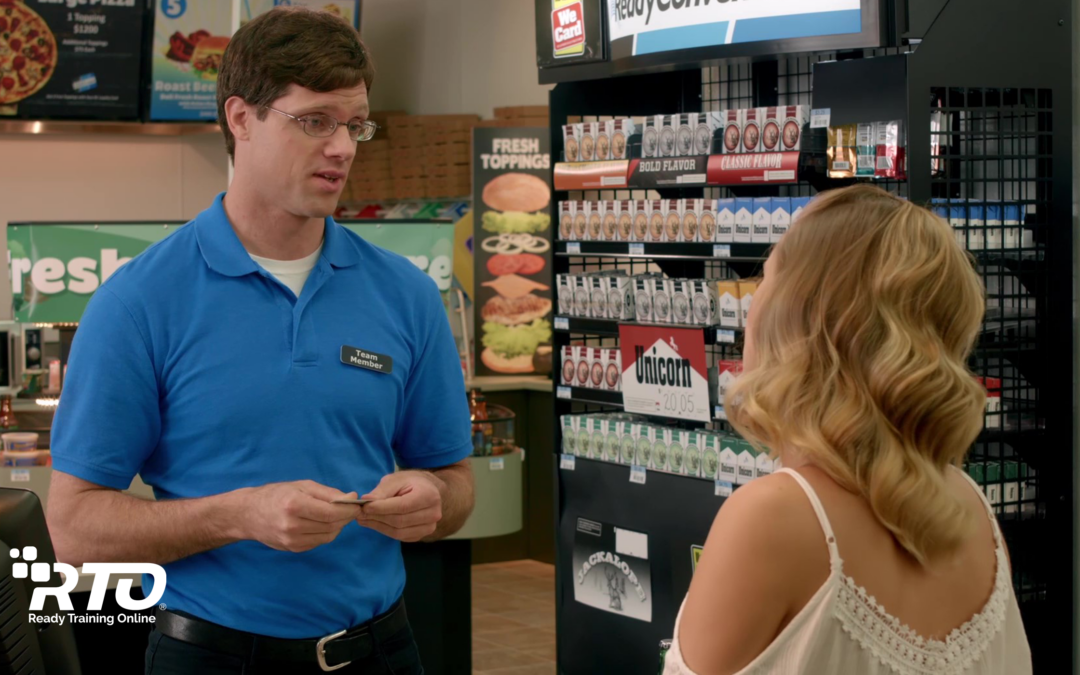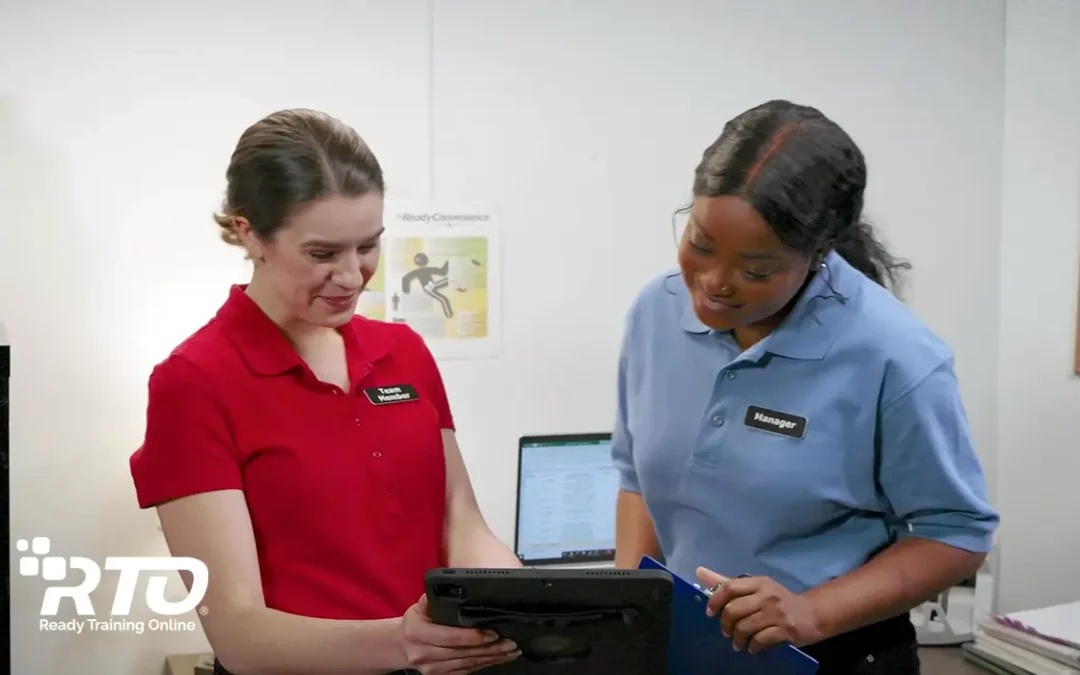Put Jon through the online tobacco compliance course: Check. Have the new cashier read the orientation manual: Check. Show Sue how to clean the hot dog machine: Check. If your day feels like a series of never-ending training to-dos, you’re probably doing it wrong. C-store training programs fail when they’re treated as tasks that simply need to be checked off a to-do list every once in awhile. While individual training tasks are necessary, they should be part of your overall learning management system that aligns with your company’s vision, mission, customer service philosophy, and sales goals. If your training program isn’t working, watch out for these signs of a training FAIL.
Characteristics of an Ineffective C-Store Training Program
Flimsy. Trainees need three simple things from you. First, they need context. Second, they need substance. Third, they need practice. Training — whether formal or informal — is flimsy when trainees don’t know how it applies to them, don’t understand the details, and don’t have an opportunity to practice. Mistakes are a natural and necessary part of learning. Make sure you give trainees the support they need to try, improve, and perfect anything you’re asking them to do.
Academic. There’s a difference between teaching and training. Teachers transfer knowledge. Trainers transfer the application of knowledge. How do you know if you’re teaching or training? It’s all about your goals. If a goal of your next team meeting is for employees “to understand food allergies,” then you’re teaching. If the goal is for employees “to identify products that may trigger common food allergies,” then you’re training.
Inactive. People don’t learn through osmosis. An effective training program requires active and engaging learning strategies. An online training course that includes interactive exercises accesses a different part of a trainee’s brain than one that simply requires the trainee to flip through screens. An on-the-job training session that includes role-playing exercises is going to be more effective than one where employees simply sit, listen, and nod.
Linear. The quickest distance between two points might very well be a straight line, but that’s not always how the real world works. In fact, when you factor in compliance regulations, unpredictable supply-and-demand, fickle customers, and good ol’ Murphy’s law, there’s very little that’s linear about the service industry. The same should be true of your c-store training program.
Avoid a training FAIL by building an overall learning management strategy that takes individual training tasks and fits them into a cohesive whole. Remember what Einstein said: “Learning is experience. Everything else is just information.”
Get More Convenience Store Training Tips
The convenience store training section of our article archives is dedicated to helping you meet your leadership goals. Check it out!





